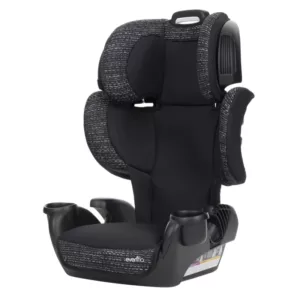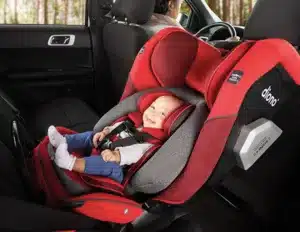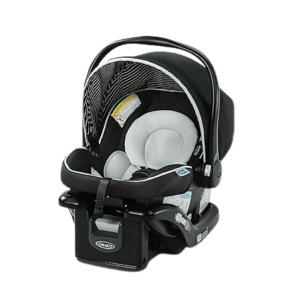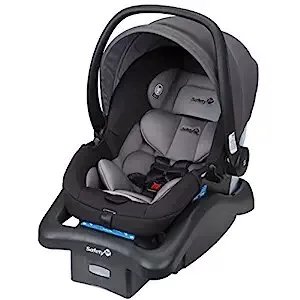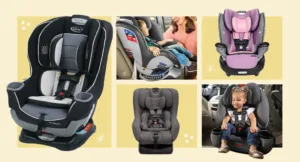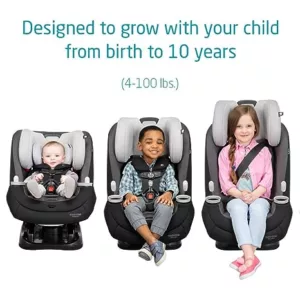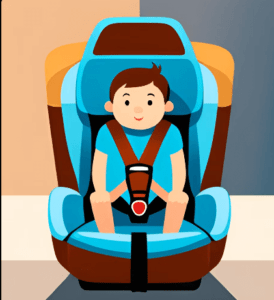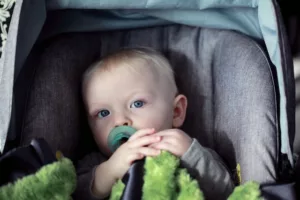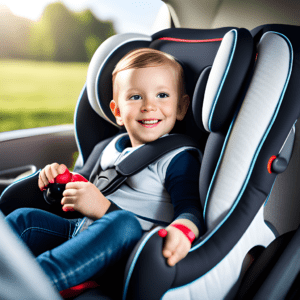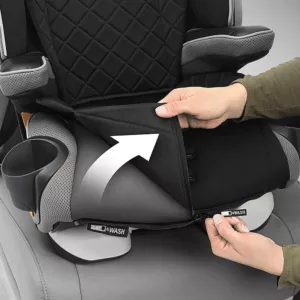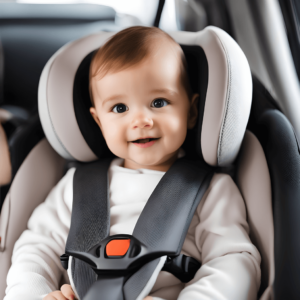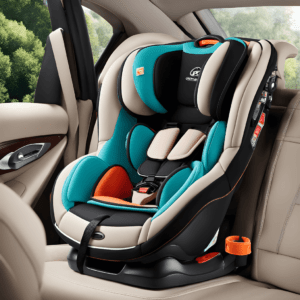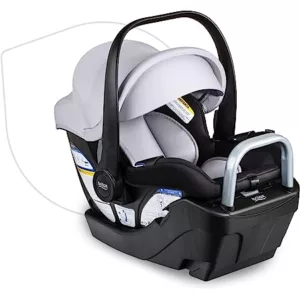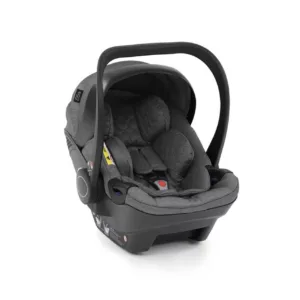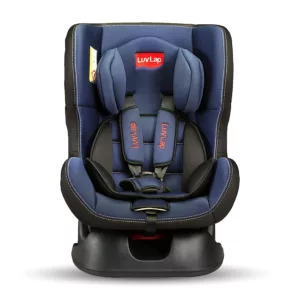Does the color of baby car seat matter? Learn how color choice impacts aesthetics and practicality, while safety remains the top priority.
Thank you for reading this post, don't forget to subscribe!A Journey into Colorful Car Seats – Car Seat Color Choice
You’re about to embark on a family road trip. The car is packed with snacks, toys, and your little one’s favorite blanket. As you settle your child into their car seat, a question lingers in your mind: does the color of this car seat matter?
Now, before we dive into this colorful journey through the world of baby car seats, let’s acknowledge something essential. As parents, our number one priority is our children’s safety, and that’s non-negotiable. We’ve all heard the crash test ratings and checked the safety features more times than we’d like to admit. But here’s where things get intriguing – among all the talk of harness systems, side-impact protection, and compatibility checks, there’s a subtle yet fascinating question that often emerges: Does the color of a baby car seat matter?
Buckle up because we’re about to explore a topic that dances on the fine line between aesthetics and functionality. It’s a question that, at first glance, might seem trivial compared to the paramount importance of safety. Still, for many parents and caregivers, the color of a car seat is a consideration that enters the picture.
So, as we navigate this colorful journey, we’ll unravel the various aspects of car seat color. From its psychological impact on parents and children to potential temperature concerns, we’ll ultimately shed light on whether this choice holds any tangible significance in the realm of child safety during car travel.
Psychological Impact – Baby Car Seat Color Impact
The psychological impact of color extends beyond aesthetics; it can significantly influence both parents and children when it comes to baby car seats. Color psychology, a field that examines how colors affect human behavior and emotions, plays a role in the choices parents make for their child’s car seat.
Table of Contents
ToggleFor parents, the color of a car seat can evoke feelings of reassurance and confidence. Neutral colors like gray or black often convey a sense of sophistication and timelessness, making parents feel more secure in their choice. On the other hand, vibrant or unique colors may reflect a parent’s desire to express their child’s personality or their own individuality.
For children, the car seat’s color and design can be a source of fascination and comfort. Bright, cheerful colors and captivating patterns can capture a child’s attention and create a more enjoyable and engaging car travel experience. The car seat becomes not just a safety device but also a part of their world, potentially reducing anxiety or discomfort associated with car rides.
In essence, the color of a baby car seat can have a subtle yet impactful influence on the psychological well-being of both parents and children. It can instill confidence in parents and offer children a more pleasant and visually stimulating environment during car travel. While safety remains paramount, the psychological aspect of color choice should not be underestimated when selecting a car seat that ensures both physical and emotional well-being.
Colors and their Impacts – 15 Colors’ Psychology in Baby Car Seats
When it comes to the color of baby car seats and their psychological impact, it’s worth exploring some basic color categories and the emotions they tend to evoke:
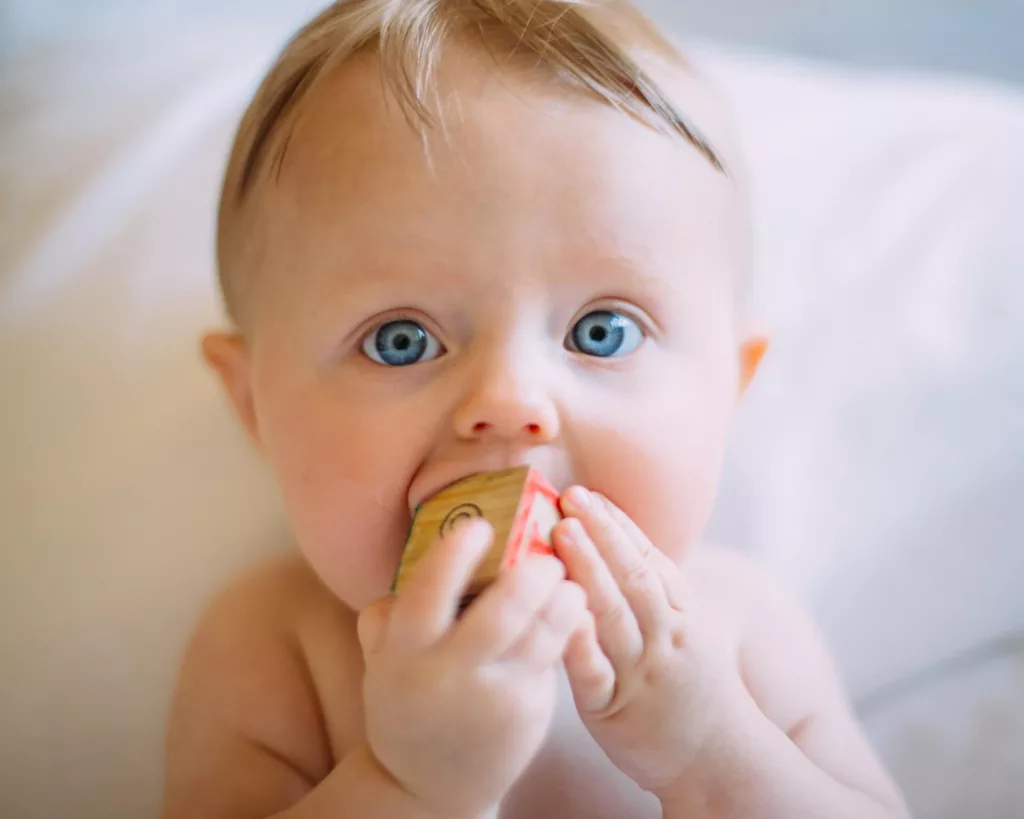
Neutral Colors – Gray, Black, Beige
Emotions: Neutral colors often convey a sense of calm, sophistication, and timelessness. They can evoke feelings of security and reliability, making parents feel reassured about their choice.
Psychological Impact: Parents who opt for neutral-colored car seats may appreciate the understated elegance and versatility. These colors tend to blend well with the interior of most vehicles, creating a seamless and unobtrusive look.
Cool Colors – Blue, Green, Purple
Emotions: Cool colors are associated with tranquility, serenity, and a sense of peace. They can promote a soothing and relaxing atmosphere during car rides.
Psychological Impact: Parents may choose cool-colored car seats to create a calming environment for their child. These colors can help reduce restlessness and anxiety, contributing to a more peaceful car travel experience.
Warm Colors Red, Orange, Yellow – Car Seat Color Choice
Emotions: Warm colors are vibrant and energetic, often evoking feelings of excitement, happiness, and warmth. They can add a cheerful and lively element to the car seat.
Psychological Impact: Parents might opt for warm-colored car seats to create a visually stimulating and engaging space for their child. These colors can be especially appealing to children, making car rides more enjoyable.
Earth Tones Brown, Terracotta, Olive – Color Psychology in Baby Car Seats
Emotions: Earth tones are grounded and connected to nature. They can convey feelings of stability, security, and a sense of being close to the environment.
Psychological Impact: Parents who choose earth-toned car seats may appreciate the organic and down-to-earth aesthetics. These colors can provide a sense of comfort and harmony during travel.
Pastel Colors Soft Pink, Light Blue, Pale Green – Car Seat Color Trends
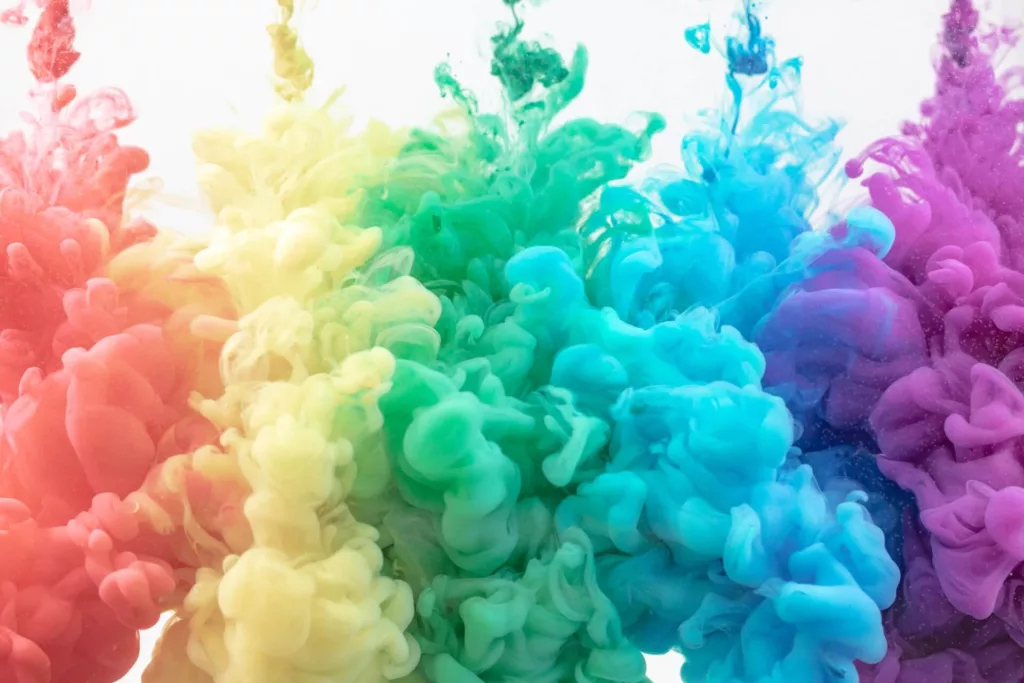
Emotions: Pastel colors are gentle, delicate, and often associated with sweetness and innocence. They can create a tender and nurturing atmosphere.
Psychological Impact: Parents might opt for pastel-colored car seats to instill a sense of tenderness and care. These colors can enhance the feeling of protection and love during car journeys.
The choice of color for a baby car seat can have a subtle but meaningful impact on the psychological well-being of both parents and children. Understanding the emotions commonly associated with different color categories can help parents make informed decisions that align with their preferences and the desired atmosphere for car travel. While safety remains the top priority, the psychological aspect of color choice adds an extra layer of consideration to the selection process.
Temperature Considerations – Color Impact Keeping Your Child Comfortable in All Seasons
When choosing a car seat for your little one, safety is undoubtedly the top priority. However, it’s essential to consider other factors that can impact your child’s comfort during car travel. One such consideration is the color of the car seat, especially when it comes to temperature regulation.
The Dark vs. Light Dilemma
You might not think much about it, but the color of your baby’s car seat can significantly affect the temperature of their seat, particularly in hot weather. Here’s how it works:
Dark Colors and Heat Absorption: Car seats that come in darker shades, such as black, navy, or deep red, tend to absorb more heat from the sun. When your car is parked under the scorching sun, these dark-colored seats can become surprisingly hot. The last thing you want is for your child to sit on a sizzling car seat when you start your journey.
The Benefits of Lighter Colors: In contrast, car seats in lighter colors like pale gray, beige, or soft pastels have a more reflective nature. This means they absorb less heat and stay cooler, even when exposed to the sun’s rays.
A Cool Solution for Hot Climates: For parents living in hot and sunny regions, opting for a lighter-colored car seat can be a strategic choice. Lighter shades help maintain a more comfortable temperature for your child, reducing the risk of them getting sweaty and uncomfortable during car rides.
Balancing Safety and Comfort: While color matters for temperature regulation, remember that safety remains paramount. Always choose a car seat that meets stringent safety standards, irrespective of its color. Fortunately, many reputable car seat manufacturers offer a wide range of colors, so you can find a shade that combines safety with comfort, no matter the climate.
The color of your baby’s car seat isn’t just about aesthetics; it can play a crucial role in keeping them comfortable during hot weather. By opting for lighter colors that absorb less heat, you can ensure that your child’s car seat remains a cool and cozy haven, even on scorching summer days. So, while you’re prioritizing safety, don’t forget to consider your little one’s comfort, especially if you live in a region where the sun likes to shine its brightest.
Stain and Dirt Visibility Stain-Resistant Car Seat Colors – Does the color of baby car seat matter?
As parents, we understand that messes and spills are all part of the parenting journey, especially when it comes to our little ones. That’s why choosing the right color for your baby’s car seat isn’t just about aesthetics – it’s also about practicality.
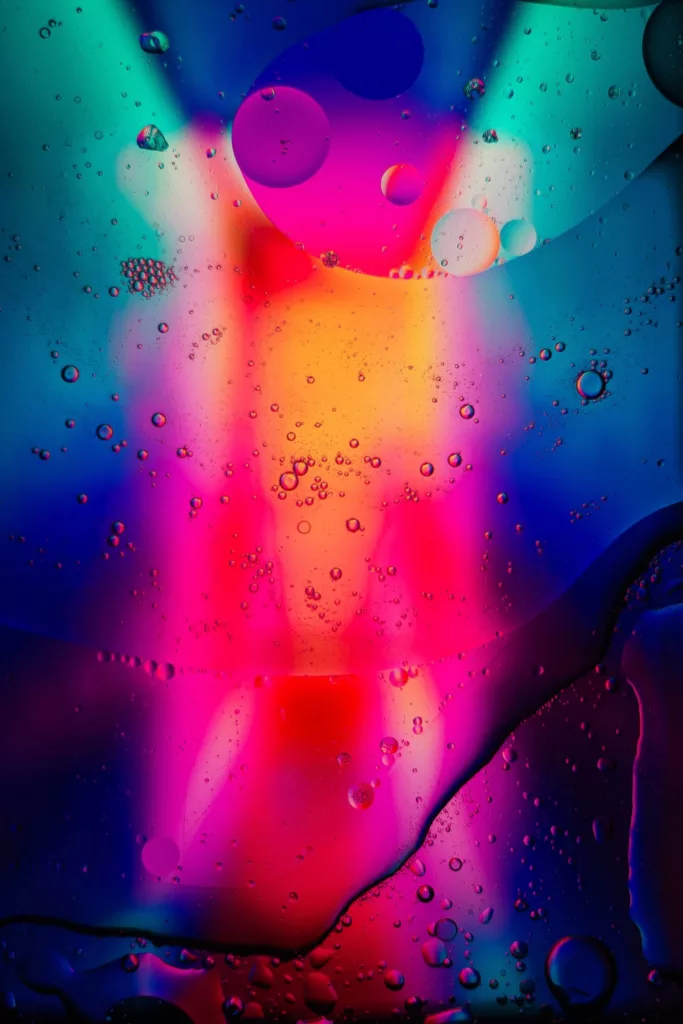
The Light vs. Dark Dilemma
When it comes to car seat colors, you might have heard the debate between light and dark hues. One concern that often arises with lighter-colored car seats is their propensity to show stains and dirt more prominently. It’s a valid concern for parents who want to keep their car seats looking clean and well-maintained.
The Stain Magnet: Lighter colors, such as cream, beige, or soft pastels, tend to reveal stains and dirt more visibly than their darker counterparts. Spilled juice, crumbs from snacks, or little muddy footprints are more likely to catch your eye on a light-colored seat cover.
Maintaining that Pristine Look: Parents who are meticulous about the appearance of their baby’s car seat may find themselves constantly battling stains and marks on a lighter seat. However, it’s essential to remember that most car seats come with removable and washable covers. This means you can easily take off the cover and give it a thorough clean when needed, regardless of its color.
The Middle Ground: If you want to strike a balance between a pristine look and practicality, consider car seats in mid-range colors. Shades like medium gray or heather fabrics can be a good compromise. They tend to hide stains and dirt reasonably well while still offering a clean and modern aesthetic.
Prioritizing Practicality: Ultimately, the color choice of your baby’s car seat should align with your lifestyle and priorities. If easy maintenance and stain concealment are essential to you, darker or mid-range colors may be the way to go. However, remember that frequent cleaning and occasional washing can help keep any car seat looking its best.
The visibility of stains and dirt on a car seat is a valid consideration for parents who want to maintain a clean and well-kept appearance. While lighter-colored car seats may require more vigilance, they can still be a practical choice with regular maintenance. Ultimately, the color choice should complement your parenting style, ensuring that your baby’s car seat remains a functional and stylish addition to your family’s adventures.
Safety Features – Does the Color of a Baby Car Seat Matter?
When it comes to your baby’s car seat, safety is paramount. The color of the seat cover may be a point of consideration, but rest assured that safety features should always take precedence. Car seat manufacturers understand this implicitly, prioritizing safety over aesthetics in every aspect of their designs.
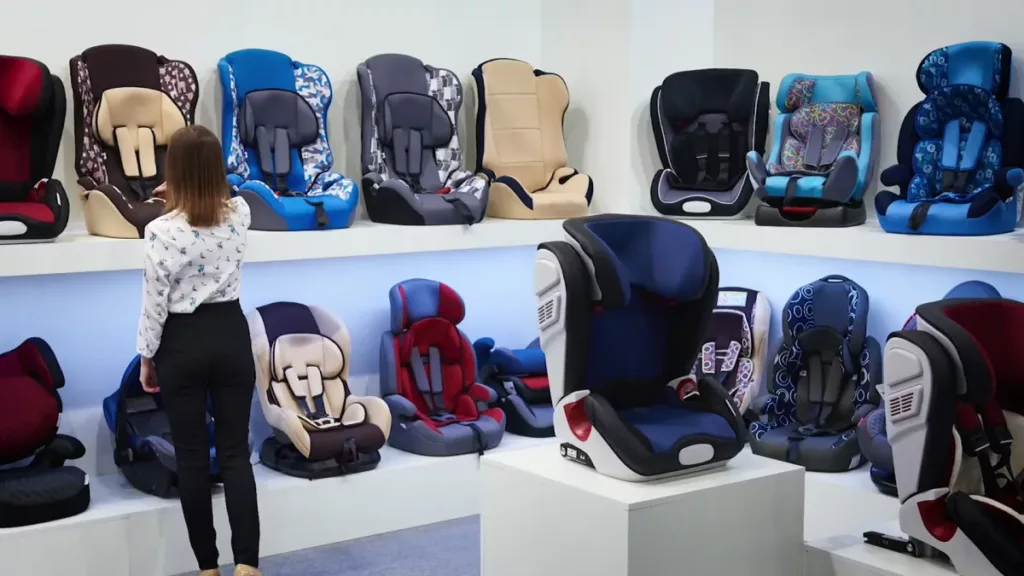
Color Can’t Compromise Safety
It’s essential to reiterate that the color of a car seat should never compromise its safety. Whether your preference leans towards vibrant reds, calming blues, or neutral grays, the integrity of the car seat’s safety features remains unwavering.
Rigorous Safety Testing
Car seat manufacturers subject their products to stringent safety testing and adhere to rigorous safety standards. These tests are conducted on every car seat model, regardless of color or design. The goal is to ensure that every car seat meets and exceeds the safety requirements necessary to protect your child in the event of an accident.
The Science Behind Safety
The safety features of a car seat primarily revolve around its structural design, materials used, and engineering. These attributes include enhanced side-impact shielding, energy-absorbent foam, a dependable harness system, and a robust frame. They are meticulously designed and thoroughly tested to provide your child with the highest level of security.
Choosing Style Within Safety
While safety should always come first, it’s reassuring that many car seat manufacturers offer various color and design options. It allows parents to choose a car seat that prioritizes safety and aligns with their style and preferences.
Peace of Mind
The choice of color for your baby’s car seat cover is a matter of personal preference, and it can inject a bit of individuality into your child’s travel equipment. But no matter which color you choose, you can rest easy knowing that the safety of your little one is never compromised. Car seat manufacturers are dedicated to providing style and peace of mind, ensuring you can enjoy safe and stylish journeys with your child.
Safety always comes first when it comes to baby car seats. The color and design are essential for personalization and style, but they should always uphold the rigorous safety features and testing that every car seat undergoes. So, choose the color that suits your taste, but remember that your baby’s safety is always well-protected beneath the surface.
User Experience: A Splash of Color in Parenting Journeys
As parents, we know that every decision we make for our children can be deeply personal, and choosing a baby car seat is no exception. While safety remains paramount, the color of the car seat often finds its way into the decision-making process. Let’s glimpse the experiences of some parents who have chosen car seats based on color preferences and whether it genuinely made a difference in their parenting journey.
Personalized Style and Comfort
Many parents discover that choosing a car seat color that matches their personal preferences can introduce a dash of comfort and style into their everyday routines. Sarah, a mother of two, shares her experience: “When I chose a car seat with a beautiful gray and teal design, it felt like a reflection of my style. It made me feel good knowing that my child was safe and traveling in a car seat that looked great in our family car.”
Child’s Preferences Matter
Children, too, can have strong color preferences:
Peace of Mind in Darker Shades
Conversely, some parents opt for darker-colored car seats for practical reasons. David, a father of twins, explains, “We live in a hot climate, and we found that darker car seats tend to absorb less heat, which keeps the seats cooler for our children during sweltering summers. It might not be about style, but it’s about their comfort.”
Every Family Is Unique
These anecdotes highlight that every family’s needs and preferences are unique. While the color of a car seat may not directly impact safety, it can undoubtedly influence the overall user experience for parents and children. Whether adding a personal touch of style or ensuring a comfortable journey, the color of a car seat can play a meaningful role in the day-to-day lives of parents and their little ones.
The color of a baby car seat might seem like a minor consideration in the grand scheme of parenting, but it can hold significance for many families. It’s a testament to the diverse ways parents personalize their parenting journeys while keeping safety as the unwavering foundation of their choices. So, as you choose a car seat for your child, remember that the perfect color can be the cherry on top of the safety cake, making every ride a little more special.
Conclusion: Does the Color of a Baby Car Seat Matter?
In parenting, where every decision centers around the well-being of our cherished children, the significance of safety cannot be overstated. Baby car seats stand as fortresses of protection, shielding our little ones from the uncertainties of the road. Yet, amidst this paramount focus on safety, we embarked on a journey through the realm of baby car seats to explore a seemingly modest question: Does the color of a baby car seat matter?
What we discovered was a nuanced world where aesthetics and functionality intersect. While safety remains our unwavering destination, the color of a car seat often serves as the starting point of this colorful voyage.
We learned that car seat manufacturers are steadfast in their commitment to safety. Their foremost priority is crafting car seats that offer unparalleled protection for our infants and children during car travel. Safety features and rigorous standards dictate their every decision, ensuring that each car seat is a guardian of safety beneath its surface.
Much like fashion, the world of car seat colors unfolds in trends. Parents today are offered a broad spectrum of hues and patterns, allowing them to harmonize safely with their tastes. Whether classic neutrals, vibrant colors, or eye-catching designs, the color trend you choose ultimately finds its significance in aligning your style and needs.
Yet, the journey does not stop at aesthetics; it extends into psychology. We discovered that color can evoke feelings of reassurance and confidence in parents and transform the car seat into a comforting haven for children. In this way, the choice of color transcends aesthetics to become a subtle yet impactful influence on the psychological well-being of both parents and children.
Delving deeper, we explored the emotional nuances of various color categories, from neutral colors’ calm and sophistication to warm hues’ energy and warmth. Each color category has its unique impact, offering parents a palette of options to tailor the car seat experience.
Temperature considerations came into play, with darker colors absorbing more heat, making lighter hues a strategic choice for hot climates. We uncovered the importance of balance between safety and comfort, ensuring that car seats remain cool and cozy, even on the hottest days.
Stain and dirt visibility emerged as a practical concern, with lighter-colored car seats potentially revealing messes more prominently. Yet, we found that with regular maintenance, any car seat can retain its pristine appearance, aligning with the priorities of meticulous parents.
Above all, we affirmed that the color of a baby car seat should never compromise safety. Car seat manufacturers, we reassured ourselves, conduct unwavering safety testing, ensuring that every color choice is grounded in a protection foundation.
In parents’ voices, we discovered that the color of a car seat could become a touch of personalized style and comfort, a source of joy for children, or a practical solution for climate-specific needs. It is a testament to the unique ways families personalize their journeys, adding a dash of color to the tapestry of parenthood.
Frequently Asked Questions – Does the Color of Baby Car Seat Matter? – 10 Colors
Is the color of a baby car seat purely a matter of personal preference?
No, while personal preference plays a role, the color of a baby car seat can have practical implications related to safety, temperature comfort, and stain visibility.
Do car seat manufacturers prioritize safety over aesthetics?
Yes, car seat manufacturers prioritize safety features and adhere to rigorous safety standards regardless of the car seat’s color or design.
Can the color of a baby car seat influence a child’s comfort during hot weather?
Yes, darker colors tend to absorb more heat and can warm the car seat, while lighter colors reflect heat and help maintain a more comfortable temperature for the child.
Is stain visibility a significant concern with lighter-colored car seats?
Yes, lighter-colored car seats may show stains and dirt more prominently, which can be a consideration for parents who want to keep the car seat clean and well-maintained.



